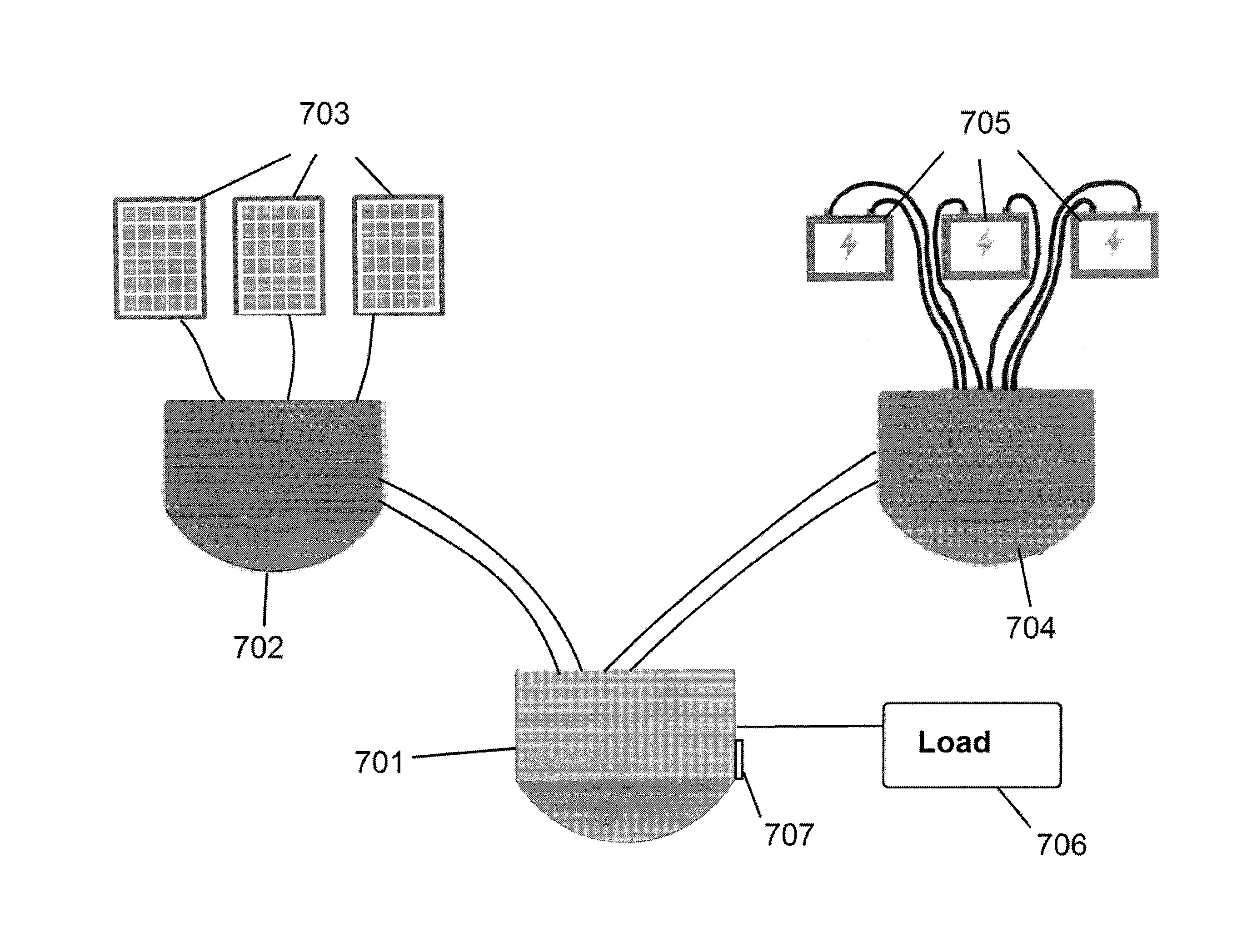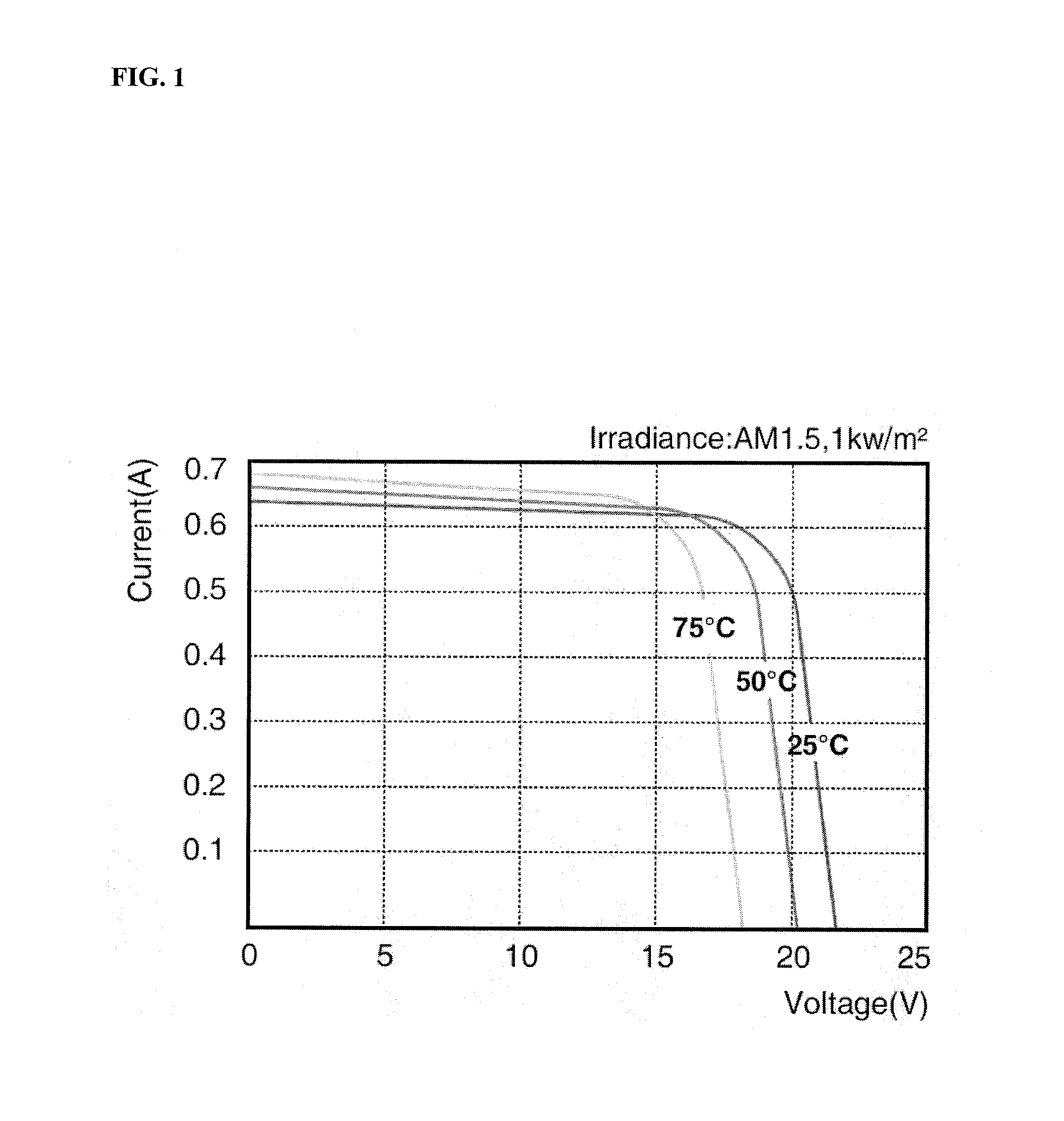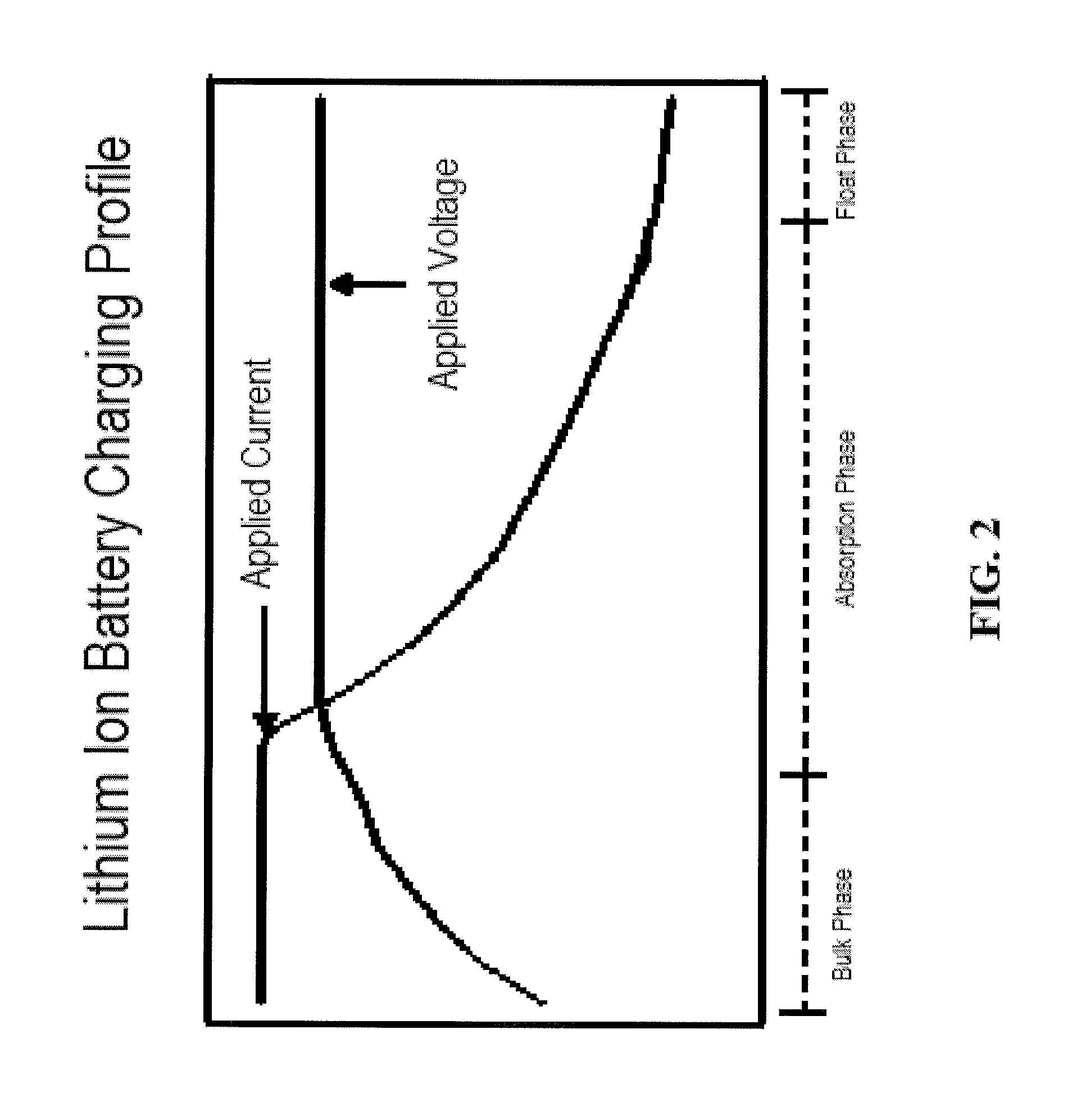Adaptable recharging and lighting station and methods of using the same
a technology of recharging and lighting stations, applied in the direction of lighting and heating apparatuses with built-in power, semiconductor devices for light sources, lighting and heating apparatus, etc., can solve the problems of inability to recharge, only being used for lighting and charging electronics, etc., to prolong the charging time of batteries, and prevent excessive inrush current
- Summary
- Abstract
- Description
- Claims
- Application Information
AI Technical Summary
Benefits of technology
Problems solved by technology
Method used
Image
Examples
Embodiment Construction
[0048]Reference will now be made in detail to certain embodiments of the invention, examples of which are illustrated in the accompanying drawings. While the invention will be described in reference to these embodiments, it will be understood that they are not intended to limit the invention. To the contrary, the invention is intended to cover alternatives, modifications, and equivalents that are included within the spirit and scope of the invention. In the following disclosure, specific details are given to provide a thorough understanding of the invention. However, it will be apparent to one skilled in the art that the present invention may be practiced without all of the specific details provided.
[0049]The present invention concerns novel lighting and charging system that may be used in areas that have an unreliable or absent electrical power grid. The system may include inter alia one or more electric power generation devices or “power devices” (e.g., solar panels, thermoelectri...
PUM
 Login to View More
Login to View More Abstract
Description
Claims
Application Information
 Login to View More
Login to View More - R&D
- Intellectual Property
- Life Sciences
- Materials
- Tech Scout
- Unparalleled Data Quality
- Higher Quality Content
- 60% Fewer Hallucinations
Browse by: Latest US Patents, China's latest patents, Technical Efficacy Thesaurus, Application Domain, Technology Topic, Popular Technical Reports.
© 2025 PatSnap. All rights reserved.Legal|Privacy policy|Modern Slavery Act Transparency Statement|Sitemap|About US| Contact US: help@patsnap.com



